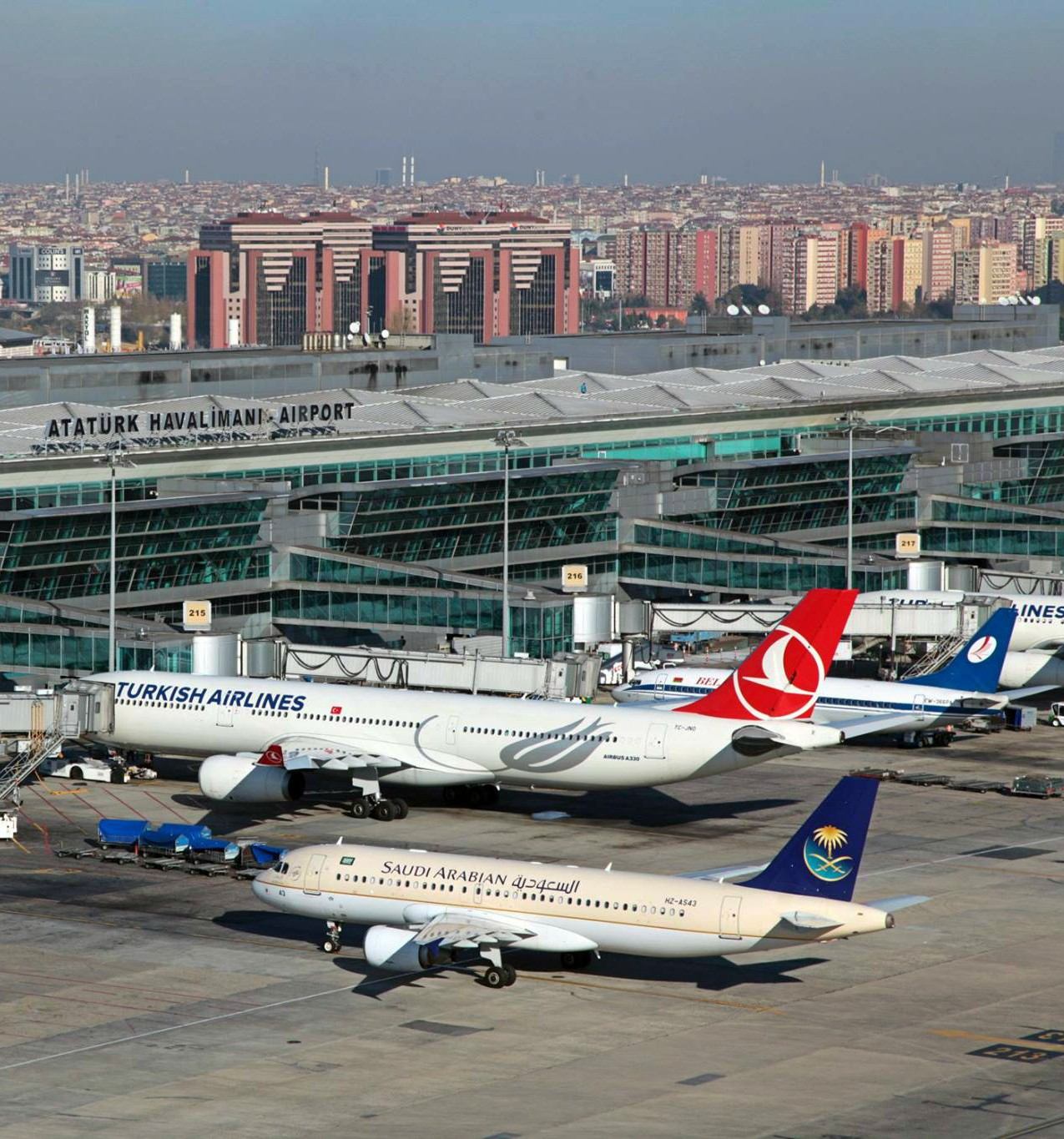The Travel Detective
Travel Detective Blog: After the Attacks at the Istanbul Airport
 The tragic multiple explosions at the Istanbul Atatürk Airport don’t call into question whether or not airport security works, but WHERE it needs to work. While the details are still coming in, this much we DO know: Three suicide bombers had access to the Istanbul Airport and took at least 36 lives. This act was similar in style to the recent attack at the Brussels Airport.
The tragic multiple explosions at the Istanbul Atatürk Airport don’t call into question whether or not airport security works, but WHERE it needs to work. While the details are still coming in, this much we DO know: Three suicide bombers had access to the Istanbul Airport and took at least 36 lives. This act was similar in style to the recent attack at the Brussels Airport.
Both incidents took place outside normal security areas, and the terrorists arrived unimpeded and uninspected. So what can be done to prevent—or at least deter—similar attacks? No one wants to turn airports into armed fortresses, but in the wake of the Istanbul attacks, major international airports are going to need to have a conversation about how they can expand the physical security perimeter around an airport—a perimeter that would cover all entrances and exits.
I remember what was instituted at major international airports in the U.S. after 9/11. No private vehicles were allowed at the airport. Only ticketed passengers could enter through an outside security perimeter. No family members or greeters were permitted. All taxis, buses, and authorized limos had to be inspected—with trunks and hoods opened—before proceeding.
When those measures went into effect, a miraculous thing happened. Airports functioned well. There were no traffic jams getting to the airport or gridlock at the departure and arrival areas. Terminals were pleasant, uncrowded places. Planes were on time. It was all an unintended consequence of increased security. But it didn’t last. Airport concessionaires—newsstands, restaurants, and other merchants—complained about dramatically reduced revenue, and the restrictions were soon lifted.
With all due respect to those concessionaires, can we think about why we go to an airport? Are we there to entertain our friends? Invite business associates for expensive gourmet dinners? Go on a shopping spree to buy designer clothing or the latest electronic devices? Let us not lose the focus here—we don’t go to airports to spend time or money. If we’re lucky, we travel to airports to go THROUGH them, get on our plane, and take off.
But that’s not how airports are currently financially structured. It’s all on the premises of revenue. Now, once again, through no one’s design or intention, airport concessionaires are in effect acting/existing at cross purposes with essential security needs. Airport authorities should be reevaluating their security portfolio and options. At least one of them has to seek revenue elsewhere to better serve the public by physically expanding the security perimeter around the airport and reinstituting those post 9/11 rules.
Understandably, each airport should address this possibility on a case by case basis. But at major international gateway airports and mega hubs—considered the most likely terrorist targets—there’s no need for much discussion. Apply eminent domain to the airport concessionaires outside the terminal security checkpoints, pay them a reasonable amount for projected loss of business, and evict them. Then close or demolish the parking lots, and add more curbspace for those taxis, limos, buses, and mass transit. We’ll all be better off.
For more Travel Detective Blog posts by Peter Greenberg, check out:
- What A Worldwide Travel Alert Means for You
- Turkish Airlines: An Airport Lounge You Won’t Want to Miss
- How Travel Security Could Change After Recent Terrorist Attacks
By Peter Greenberg for PeterGreenberg.com












